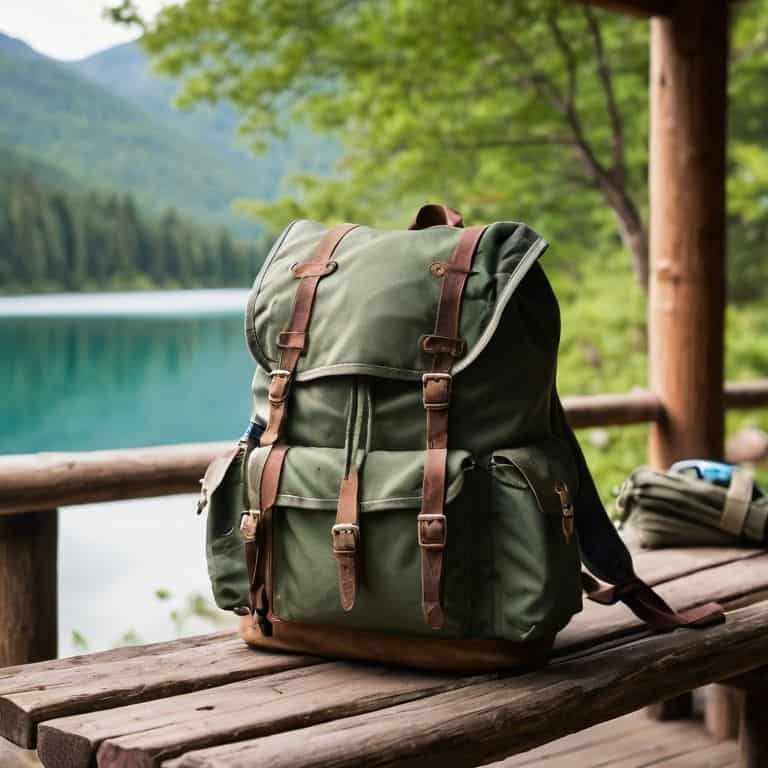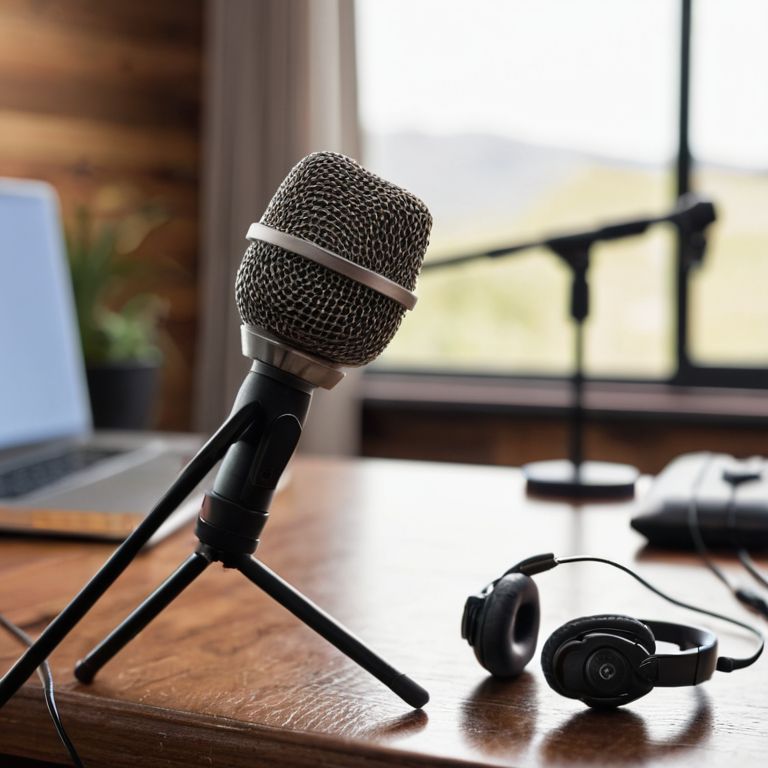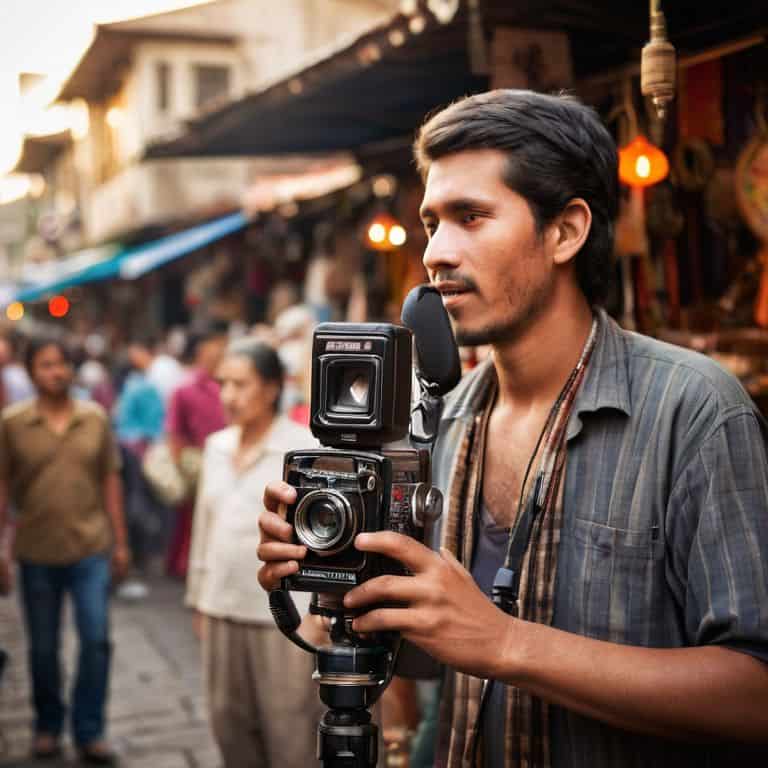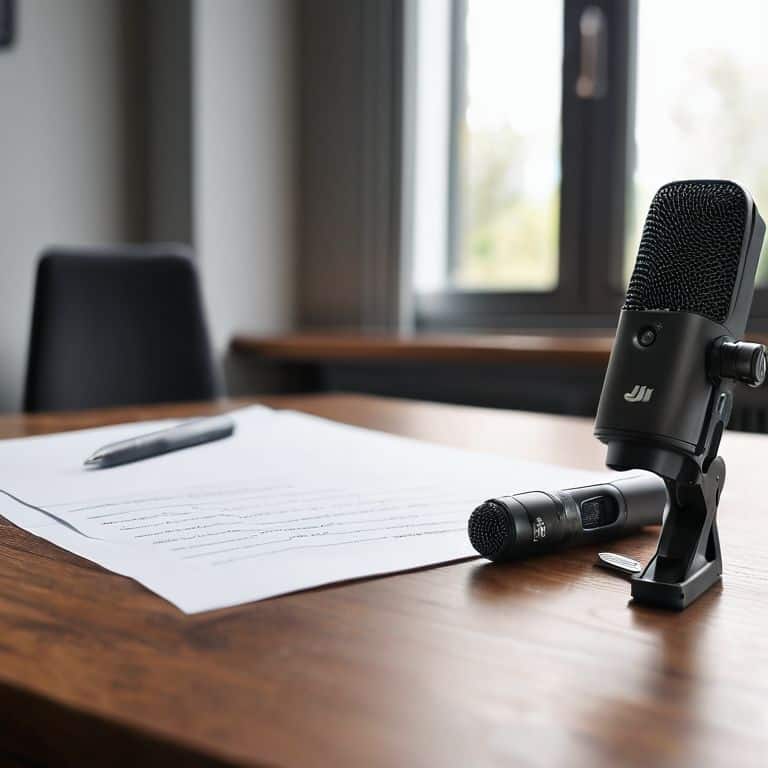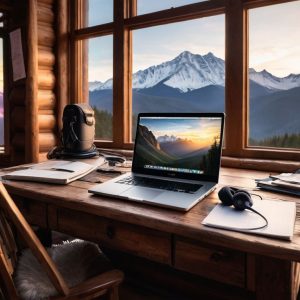I still remember the day I watched in horror as my camera slipped out of my hands and into the depths of a rugged canyon. It was a harsh lesson in how to keep your gear safe while traveling, one that I wouldn’t soon forget. As a travel videographer, my equipment is not just a tool, but an extension of myself, and losing it can be devastating. I’ve since learned that it’s not just about the financial loss, but the memories and experiences that are lost along with it. This is why I’ve made it my mission to share my knowledge on how to keep your gear safe while traveling, so you can avoid the mistakes I’ve made and focus on capturing the beauty of the world around you.
In this article, I’ll be sharing my hard-earned advice on how to protect your gear from damage, theft, and loss. From the best practices for packing and transporting your equipment, to the essential accessories you need to keep it safe, I’ll cover it all. My goal is to provide you with practical tips that you can apply to your own travels, whether you’re a seasoned adventurer or just starting out. By the end of this guide, you’ll be equipped with the knowledge and confidence to take your gear on even the most challenging journeys, and come back with incredible stories and footage to share.
Table of Contents
Guide Overview: What You'll Need
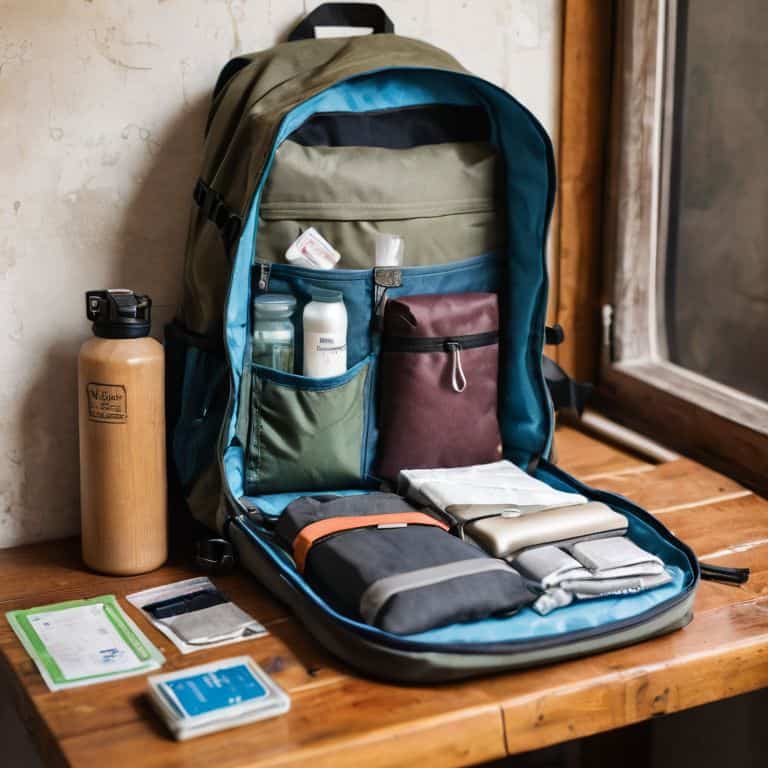
Total Time: 1 hour 15 minutes
Estimated Cost: $20 – $40
Difficulty Level: Easy
Tools Required
- Padlock (with combination or key)
- Cable ties (various sizes)
- Packing tape (2 inches wide)
- Scissors (for cutting tape or cable ties)
Supplies & Materials
- Pacsafe or similar travel safe
- Money belt
- Travel lock box (optional)
- Luggage trackers (optional)
Step-by-Step Instructions
- 1. First, assess your gear and make a list of all the equipment you plan to bring on your trip. This includes cameras, lenses, drones, and any other valuable items. I like to make a spreadsheet to keep track of everything, including the make, model, and serial number of each item. This will come in handy in case anything goes missing or gets damaged.
- 2. Next, invest in a good backpack that is specifically designed for carrying camera gear. Look for one with padded compartments, rain covers, and sturdy zippers. I swear by my trusty backpack, which has been with me on countless adventures and has kept my gear safe and dry even in the most extreme conditions.
- 3. When traveling, keep your gear close and always be aware of your surroundings. If you’re in a crowded area or public transportation, keep your backpack in front of you and make sure all zippers are closed. I’ve had my fair share of close calls, but I’ve learned to always be vigilant and trust my instincts.
- 4. Consider purchasing travel insurance that covers your gear against loss, theft, or damage. This can provide peace of mind and financial protection in case something goes wrong. I’ve had to make a few claims in the past, and it’s been a lifesaver.
- 5. When checking into hotels or accommodations, inspect the room for any potential security risks. Look for signs of tampering, check the locks on doors and windows, and make sure the room is secure. I always carry a portable lock with me, just in case.
- 6. Use cable locks and anchors to secure your gear when you’re not using it. This can be especially useful when you’re working in public areas or leaving your gear unattended. I’ve used these to lock my cameras and drones to tables or fences, giving me an extra layer of security.
- 7. Finally, make digital copies of all your important documents, including receipts, warranties, and identification. Store them in a secure cloud storage service, and make sure you have access to them from anywhere. This will save you a lot of hassle in case you need to make a claim or prove ownership of your gear.
Safeguarding Adventure
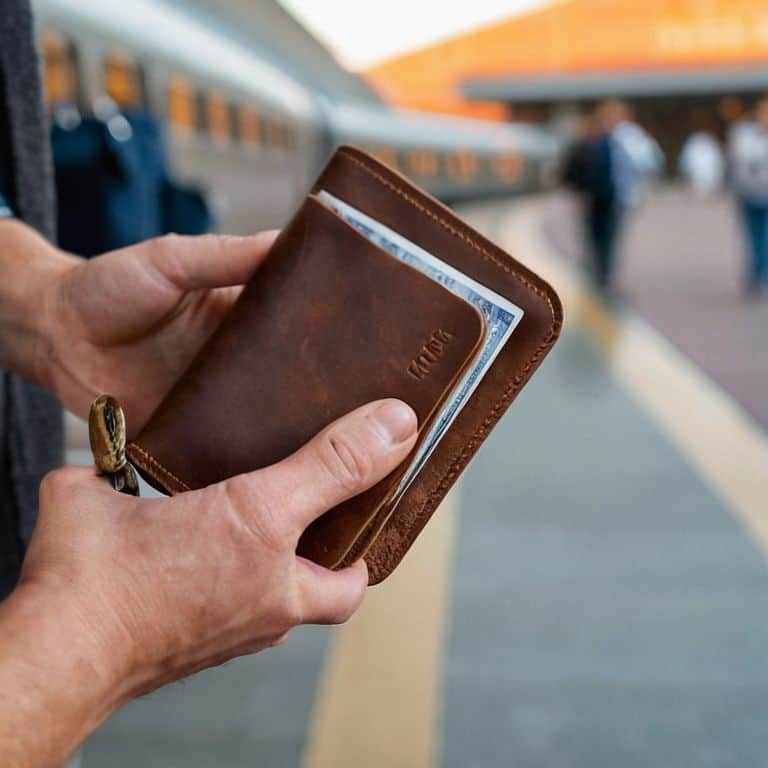
As I’ve learned from my own experiences, safeguarding your adventure requires a combination of common sense and clever techniques. When traveling with valuables, it’s essential to research travel insurance options that cover your gear against loss, theft, or damage. This can provide peace of mind and financial protection in case something goes wrong.
In addition to insurance, I recommend investing in luggage tracking devices to keep tabs on your belongings, especially when checking bags at the airport. It’s also crucial to be mindful of airport security tips, such as keeping your gear close and being aware of your surroundings. By taking these precautions, you can minimize the risk of losing your equipment and focus on capturing the beauty of your destination.
When it comes to hotel room safety measures, I always make sure to use the hotel safe or a portable lockbox to store my valuables. Secure packing techniques are also vital, as they can help prevent damage to your gear during transit. By taking a few extra minutes to properly pack and secure your equipment, you can ensure that it arrives at your destination in working order, ready to capture the next great shot.
Luggage Tracking for Peace of Mind
I swear by luggage tracking devices – they’ve saved my skin more times than I can count. These small gadgets can be tucked into your backpack or suitcase, providing real-time location updates and alerts if your gear is tampered with or goes missing. I’ve used them to track my equipment through chaotic airports and busy train stations, and they’ve given me peace of mind on even the most hectic of travels. With the right tracking device, you can focus on capturing those breathtaking shots, not worrying about your gear’s whereabouts.
Travel Insurance Options for Nomads
When I’m planning a trip, I always consider travel insurance options that cater to nomads like myself. It’s essential to have a policy that covers not just medical emergencies but also gear-related mishaps. I’ve had my fair share of close calls, and having the right insurance has been a lifesaver. Look for policies that offer coverage for electronic equipment and provide 24/7 assistance – it’s worth the extra cost.
I’ve tried a few different providers, and some stand out for their flexibility and understanding of nomadic lifestyles. They offer customizable plans and don’t charge exorbitant premiums for “high-risk” activities like hiking or drone flying. When choosing a policy, read the fine print, and don’t be afraid to ask questions – it’s your gear and your adventure on the line.
Guarding Your Gear: 5 Essential Tips for Traveling Tech
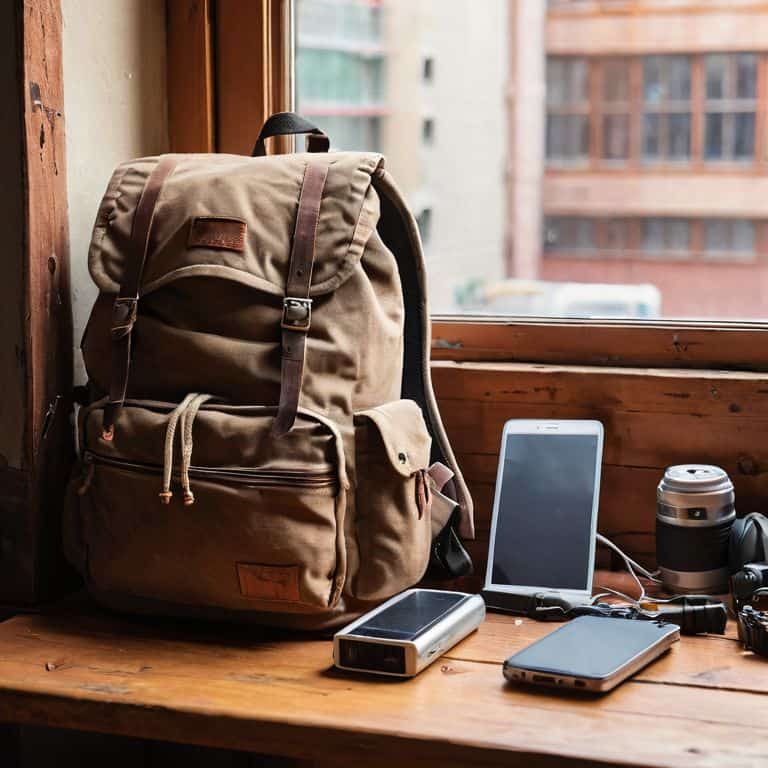
- Wrap and Pad: Invest in high-quality, padded cases for your cameras and drones to protect them from bumps and scratches during transport
- Label and Track: Clearly label your gear and consider using GPS tracking devices or services to keep tabs on your equipment’s location at all times
- Mind the Environment: Be aware of extreme temperatures, humidity, and dust when traveling with sensitive electronics, and take steps to shield your gear from these elements
- Secure Your Perimeter: Keep a close eye on your belongings in crowded areas and public spaces, and use locks or cables to secure your gear when left unattended
- Backup and Duplicate: Regularly back up your footage and files, and consider carrying duplicate gear or memory cards in case of equipment failure or loss
Key Takeaways for Safe Travels
Always pack essential gear in carry-on luggage to minimize the risk of loss or damage during transit
Consider investing in travel insurance that covers gear and equipment, and explore luggage tracking options for added peace of mind
Develop a personal system for keeping track of your gear, such as a packing list or a designated storage case, to ensure everything stays accounted for on the go
Words to Live By
The best gear in the world is useless if it’s stuck in a repair shop or lost in transit – invest in the habits that keep your equipment safe, and it’ll return the favor when you need it most.
Rachel Bennett
Safeguarding Your Adventures: A Conclusion
As I reflect on my own experiences with gear safety while traveling, I’m reminded of the importance of being proactive. From investing in reliable luggage tracking devices to understanding the nuances of travel insurance options, it’s clear that a little preparation can go a long way in safeguarding our adventures. I’ve also learned to appreciate the value of minimalist packing, not just as a means to reduce weight but also to minimize the risk of loss or damage. By implementing these strategies, travelers can significantly reduce the likelihood of gear-related mishaps and focus on what truly matters – capturing the essence of their journeys.
As you embark on your next adventure, remember that your gear is an extension of your creative vision and your ability to share your story with the world. Don’t let the fear of loss or damage hold you back from pursuing the unforgettable shots or experiencing the thrill of the unknown. With the right mindset and precautions in place, you’ll be free to chase the horizon, to push the boundaries of what’s possible, and to return home with a treasure trove of unforgettable memories and inspiring stories to tell.
Frequently Asked Questions
What are some effective ways to physically protect my camera equipment from damage during flights or backpacking trips?
I swear by hardshell cases and padded inserts for flights, and for backpacking, I use a combination of dry bags and impact-resistant pouches to keep my gear safe from the elements and rough handling.
How can I ensure my gear is covered in case of theft or loss while traveling to high-risk countries?
For high-risk countries, I swear by comprehensive travel insurance that covers gear theft or loss. Look for policies with specific provisions for electronics and photography equipment, and always read the fine print – it’s worth the extra cost for peace of mind.
Are there any specific luggage or backpack features that can help deter tampering or theft of valuable equipment?
When it comes to luggage, I swear by backpacks with built-in security features like slash-proof straps, RFID-blocking pockets, and lockable zippers. These can be total game-changers in crowded areas or when checking bags. Look for brands that specialize in travel security gear – they’re worth the investment for peace of mind on the road.




